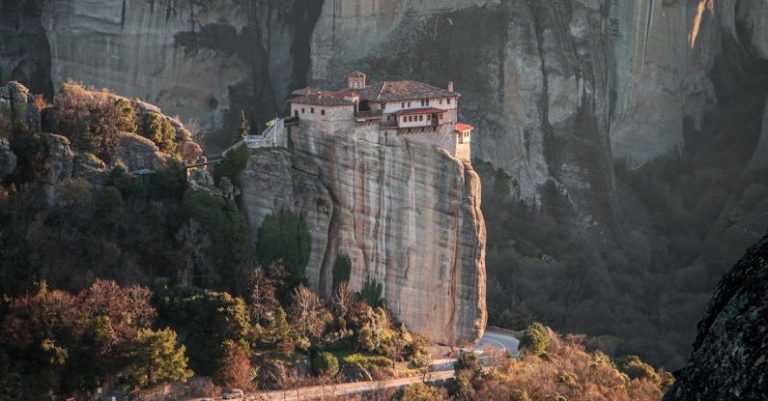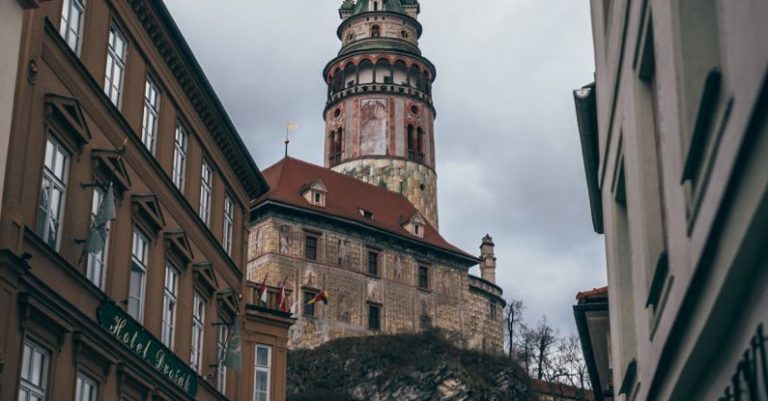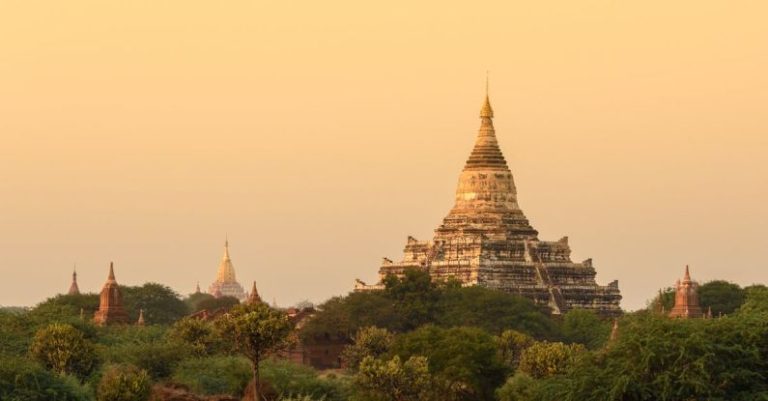The Mystical Temples of Khajuraho, India
Hidden in the heart of India lies a treasure trove of ancient architectural wonders, the mystical temples of Khajuraho. This UNESCO World Heritage Site is a testament to the artistic and cultural achievements of the Chandela dynasty that ruled this region over a thousand years ago. Nestled in the state of Madhya Pradesh, these temples are renowned for their intricate carvings, depicting a blend of spirituality, sensuality, and everyday life.
**A Glimpse into History**
The temples of Khajuraho were built between the 9th and 12th centuries, during the reign of the Chandela dynasty. It is believed that there were originally 85 temples, of which only 25 have survived the test of time. These temples were dedicated to various Hindu deities like Vishnu, Shiva, and Parvati, showcasing the religious tolerance and artistic genius of the Chandela rulers. The intricate carvings on the walls and pillars of the temples depict scenes from Hindu mythology, celestial beings, animals, and everyday life, offering a glimpse into the cultural ethos of that era.
**Architectural Marvels**
What sets the temples of Khajuraho apart is their architectural splendor. The temples are divided into three geographical groups – the Western, Eastern, and Southern groups. The Western group, which is the most famous and well-preserved, houses gems like the Kandariya Mahadev Temple, the Lakshmana Temple, and the Vishvanatha Temple. These temples are known for their towering spires, intricate carvings, and exquisite sculptures that adorn every surface. The Eastern group, though smaller in size, is equally captivating, with temples like the Parsvanatha Temple and the Ghantai Temple showcasing remarkable craftsmanship. The Southern group, though in ruins, still exudes a sense of grandeur and mystique, making it a must-visit for history enthusiasts.
**The Sensuous Sculptures**
One of the most intriguing aspects of the temples of Khajuraho is the depiction of eroticism in the form of intricate sculptures. These sensuous carvings adorn the walls of certain temples, most notably the Western group, and have long been a subject of fascination and debate among scholars and visitors alike. While some believe that these sculptures symbolize the celebration of physical love as an integral part of human experience, others interpret them as a metaphor for the union of the soul with the divine. Whatever the interpretation may be, there is no denying the beauty and artistry of these sculptures, which continue to captivate and intrigue visitors from around the world.
**Spiritual Significance**
Beyond their architectural and artistic brilliance, the temples of Khajuraho hold deep spiritual significance for devotees and pilgrims. The sanctum sanctorum of each temple houses a sacred deity, invoking a sense of reverence and devotion among visitors. The temples also serve as a place of worship and meditation, where one can connect with the divine and seek inner peace and solace. The serene atmosphere and spiritual vibrations that permeate these ancient structures make them a perfect retreat for those seeking spiritual enlightenment and tranquility.
**The Legacy of Khajuraho**
As the sun sets over the mystical temples of Khajuraho, one cannot help but feel a sense of awe and wonder at the legacy of this ancient site. The intricate carvings, towering spires, and serene surroundings stand as a testament to the artistic and cultural achievements of a bygone era. The temples of Khajuraho continue to inspire and enchant visitors, drawing them into a world of beauty, spirituality, and mystique. A visit to this UNESCO World Heritage Site is not just a journey through history but a soul-stirring experience that leaves an indelible mark on the hearts and minds of all who venture here.
In conclusion, the temples of Khajuraho are not just architectural marvels but sacred spaces that embody the rich cultural heritage of India. They are a window to the past, a gateway to spirituality, and a reminder of the enduring legacy of a civilization that valued art, religion, and human expression. Visiting these mystical temples is not just a trip back in time but a profound encounter with the divine, where the past and present converge in a timeless dance of beauty and mysticism.






